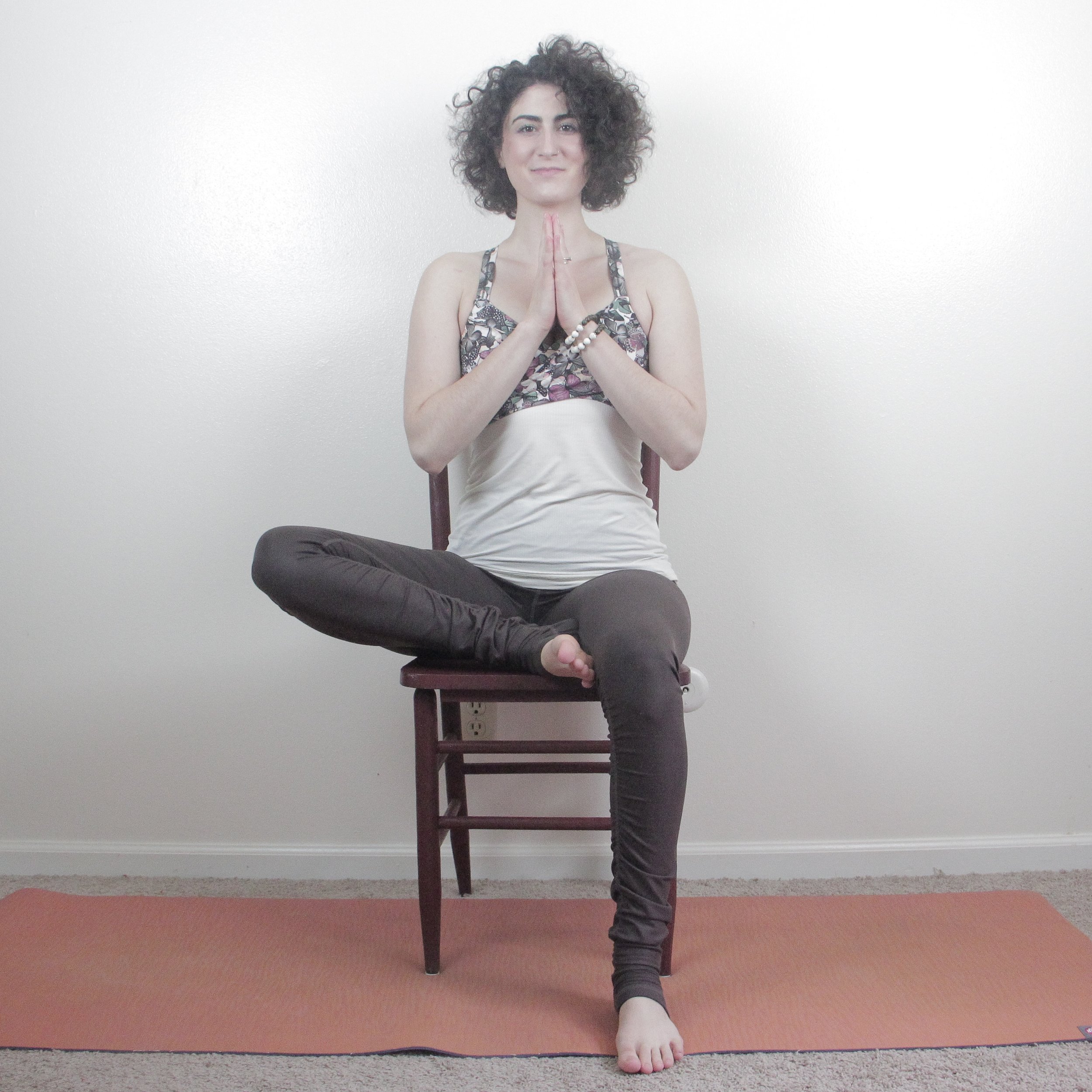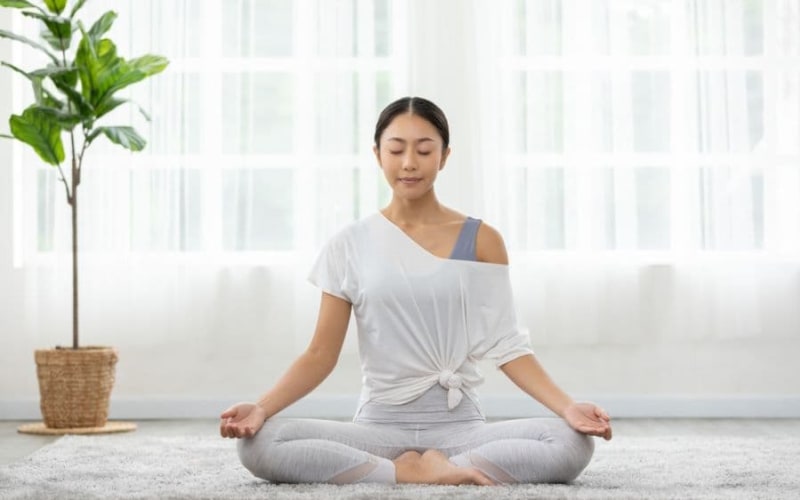
Stretches that promote the release of toxins, increase circulation, and stimulate the organs involved in elimination are all effective ways to help your body's natural detoxification process. Gentle yet efficient movements that support the liver, kidneys, and digestive system are the main focus of these stretches, which promote the body's natural detoxification process. Detox stretches, whether they involve deep twists, hip and chest opening stretches, or poses that encourage deep breathing, can enhance general health, increase vitality, and foster a sense of rejuvenation. Adding these stretches to your daily routine is an easy yet powerful approach to improving your body's capacity to eliminate waste and revitalize from the inside out.
The Importance of Detoxification
The body's natural process of getting rid of toxins and dangerous compounds that build up from food, the environment, and metabolic waste is called detoxification. To properly detoxify, the body depends on some vital organs, such as the lymphatic system, liver, and kidneys. The kidneys aid in the removal of waste through urine, while the liver filters the blood and breaks down pollutants. To maintain immunological function and eliminate toxins from the body, the lymphatic system is essential.
By encouraging improved circulation, which makes these organs function more effectively, stretching aids in detoxifying. Stretching helps to speed up the clearance of toxins by increasing blood flow to important organs. Stretches like twists and deep stretches boost the detoxification processes of the kidneys and liver by stimulating them. Stretching promotes the lymphatic system to remove waste by increasing circulation, which supports general health and well-being.
Effective Detox Stretches
Standing Twist

Instruction:
- Start Position: Stand with your feet hip-width apart and your knees slightly bent. Engage your core and relax your shoulders down and back.
- Inhale: Take a deep breath in, lengthening your spine and standing tall.
- Exhale and Twist: As you exhale, rotate your torso to the right, bringing your left hand forward and your right hand back. Keep your hips facing forward and your legs stable to isolate the twist in your upper body.
- Hold the Twist: Keep your arms extended and hold the twist for 3-5 breaths. Keep your gaze in the direction of your extended arm or look forward for balance.
- Return to Center: On an inhale, slowly unwind and return to the starting position.
- Repeat on the Other Side: Exhale, twist to the left and repeat the same steps. Hold for another 3-5 breaths.
- Finish: Continue alternating sides for 3-5 rounds, breathing deeply and allowing your torso to gently twist with each exhale.
Nose-to-Knee Plank

Instruction:
- Start in a Plank Position: Begin in a high plank position with your hands directly beneath your shoulders and your body in a straight line from head to heels. Engage your core, keep your back flat, and avoid letting your hips sag.
- Inhale and Prepare: Take a deep breath in and make sure your body is aligned and stable.
- Exhale and Bring Knee to Nose: As you exhale, engage your core and draw your right knee towards your nose, bringing it under your body. Keep your hips low and avoid rounding your back. The goal is to touch your knee to your nose or get as close as possible while keeping your shoulders strong and your arms straight.
- Hold for a Moment: Hold the position for 1-2 breaths, maintaining tension in your core and arms. Ensure that your body stays in a straight line from head to heels, with only the movement of your knee.
- Return to Plank: Inhale and extend your right leg back into the starting plank position, keeping your core engaged throughout the movement.
- Repeat on the Other Side: Now, repeat the same movement with your left knee, bringing it toward your nose while maintaining a strong core and a straight body.
- Finish: Alternate between sides for 5-10 reps, ensuring smooth and controlled movement
Seated Tree

Instruction:
- Start in a Seated Position: Sit on the floor with your legs extended straight out in front of you. Keep your spine long and your shoulders relaxed.
- Bend the Right Knee: Slowly bend your right knee and bring the sole of your right foot toward your inner left thigh or calf (avoid placing it directly on the knee). Make sure your right foot is flat against your left leg.
- Find Your Balance: Place your right hand on the floor beside you for support, if needed. Engage your core and focus on keeping your spine straight.
- Lift Your Left Foot: Bend your left knee and place your left foot flat on the floor. You can either leave the left foot on the floor or, for a deeper stretch, try to lift the left foot off the floor and bring it closer to the inner right thigh, just like the right leg.
- Place Hands in Prayer Position: Bring your palms together in front of your chest (in a prayer position) for balance and focus. Keep your gaze forward or slightly downward to maintain your stability.
- Engage Your Core and Hold: Lift your chest, engage your core, and focus on keeping your hips squared and balanced. Hold the position for 5-10 breaths.
- Switch Sides: Slowly release the left foot, and extend both legs back out in front of you. Then, repeat the steps with the left leg.
- Finish: After completing both sides, sit in a comfortable position with your legs extended, allowing your body to relax.
Legs Up the Wall

Instruction:
- Find a Wall: Sit on the floor next to a wall with your legs extended in front of you.
- Position Your Body: As you lie down on your back, slowly swing your legs up the wall so that your hips are close to the wall and your legs are extended straight up. You may need to adjust your position to get comfortable.
- Relax Your Arms: Place your arms out to the sides of your body with palms facing up. You can also place them on your belly or rest them by your sides, whichever feels most comfortable.
- Adjust Your Legs: Your legs should be straight and relaxed, with your feet pointing toward the ceiling or slightly flexed. If you find it hard to reach the wall, you can use a cushion or bolster under your hips for support.
- Engage Your Core: Gently engage your core to protect your lower back. Keep your spine relaxed on the ground and your neck neutral by avoiding any tension.
- Focus on Your Breath: Close your eyes and take slow, deep breaths. Breathe deeply into your belly, allowing your body to relax further with each breath.
- Hold the Pose: Stay in this position for 5-15 minutes, allowing your body to relax and your legs to release tension.
- To Exit the Pose: To come out of the pose, gently bend your knees and roll to one side, resting for a moment before sitting up slowly.
Breathing Techniques for Detoxification
Deep breathing is an essential component of detoxification, as it enhances the effectiveness of detox stretches by increasing oxygen flow to the body and encouraging the release of toxins. Breathing deeply and mindfully activates the parasympathetic nervous system, which helps the body enter a state of relaxation and repair, allowing it to detox more effectively. Here are a few breathing techniques that can support detoxification:
- Ujjayi Breath: This method, which is frequently employed in yoga, is slightly tightening the back of the throat while taking deep breaths via the nostrils. By encouraging steady circulation and activating the digestive system, the slow, controlled breath has a relaxing effect, improves oxygen delivery, and aids in detoxification.
- Diaphragmatic Breathing: Often referred to as “belly breathing,” this method emphasizes diaphragmatic expansion with deep breaths as opposed to shallow chest breaths. This breathing technique improves circulation and aids in the body's more effective removal of toxins by massaging the internal organs with the diaphragm completely engaged.
- Alternate Nostril Breathing: In this exercise, you close off one nostril and alternately inhale and exhale from the other. This method supports the body's detoxification processes by balancing the neurological system, lowering stress, and enhancing lung function.
Tips for Incorporating Detox Stretches into Your Routine
Set a Regular Schedule for Detox Stretching

When it comes to cleansing your body, consistency is essential. Make an effort to fit detox stretches into your monthly or daily schedule by scheduling specific morning or evening times. In order to increase circulation and facilitate the discharge of toxins, even ten to fifteen minutes each day can have a big impact. Regular practice improves overall performance by allowing your body to get used to the exercises.
Practice Mindful Movement and Breathing
Consistency is key when it comes to body cleansing. Try to set particular morning or evening times to accommodate detox periods into your monthly or daily routine. Even ten to fifteen minutes a day can make a significant difference in improving circulation and facilitating the release of pollutants. Frequent repetition helps your body become accustomed to the exercises, which enhances overall performance.
Combine Detox Stretches with a Healthy Diet and Hydration

When detoxification is accompanied by a healthy lifestyle, it works best. Maintain a healthy diet full of fruits, vegetables, and whole foods that promote kidney and liver function in addition to stretching frequently. Because it aids in the removal of toxins from your body, staying hydrated is equally crucial. To maximize the benefits of your detox stretches and assist your body's natural detoxification processes, make it a point to stay hydrated throughout the day.
Conclusion
Stretches that promote improved circulation, lower stress levels, and aid in the more efficient removal of toxins are a great method to support your body's natural detoxification process. You may improve your general health and wellness by including frequent detox stretches in your regimen. This will benefit your physical and emotional health. Make these stretches a regular part of your self-care regimen because consistency is crucial. Additionally, keep in mind that your detoxification journey should be approached holistically. For best effects, combine stretching with conscious breathing, eating a portion of healthy food, and staying properly hydrated. Most of all, pay attention to your body during the process; respect its cues and modify as necessary to guarantee a safe and successful detox. Detox stretches can be a life-changing activity for your health if you perform them consistently and patiently.























